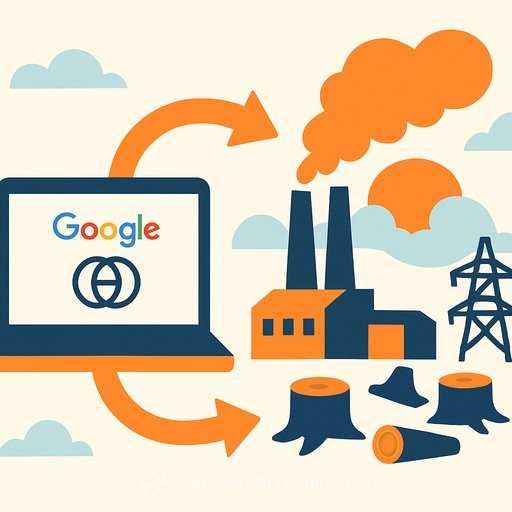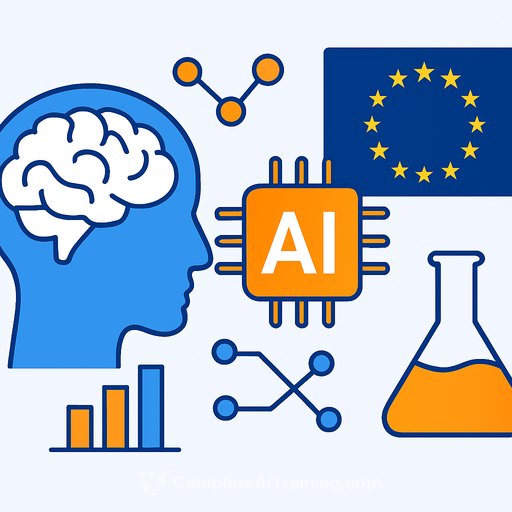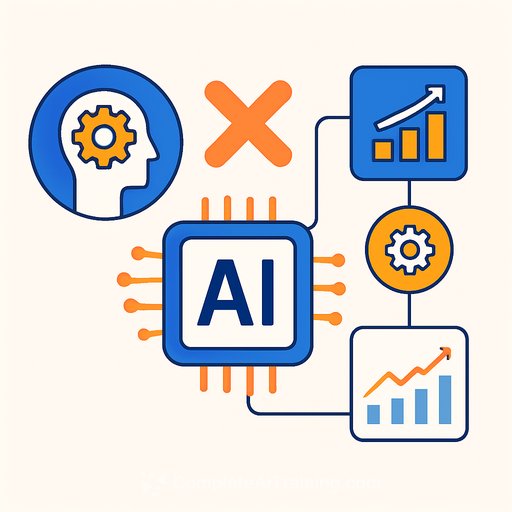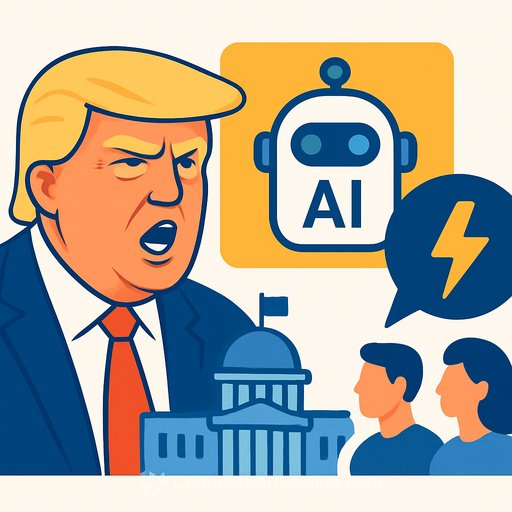Google Reveals the Environmental Cost of Gemini AI Query
August 22, 2025 | Updated: August 21, 2025
Google has shared detailed data on the energy, carbon, and water consumption tied to its Gemini AI system. This disclosure stands out as one of the clearest from a major tech company about AI’s environmental footprint. While the impact per single query appears minimal, the global surge in AI usage makes these figures critical for understanding sustainability challenges ahead.
From Queries to Carbon: Measuring AI’s True Cost
Running AI models demands powerful data centers that consume large amounts of electricity and water, especially for cooling. Google calculated the average resource use per Gemini AI text query:
- About 0.24 watt-hours of electricity (equivalent to watching TV for less than nine seconds)
- Approximately 0.03 grams of CO₂ equivalent (CO₂e)
- Around 0.26 milliliters of water (roughly five drops)
These figures include energy used during active processing and idle times, plus supporting infrastructure. Google’s report compares energy use across different AI models, showing wide variations depending on measurement methods. For instance, the Llama 3.1 (70B) model processes between 580 and 3,600 prompts per kilowatt-hour, depending on the approach. Gemini Apps prompts showed a tighter, more consistent range.
By publishing these numbers, Google aims to set a clearer standard for reporting AI’s environmental impact.
Smarter, Faster—But Still Energy Hungry
Gemini’s efficiency has improved significantly, using about 33 times less energy per query than a year ago. This progress results from better hardware, optimized algorithms, and improved data center operations.
However, efficiency gains don’t automatically reduce total emissions. AI demand is growing so fast that, despite lower energy per prompt, overall usage and emissions continue to rise. This effect, known as the “Jevons paradox,” happens when efficiency improvements lead to increased total consumption due to higher demand. Google’s own data reflects this: its greenhouse gas emissions have increased 51% since 2019, with AI as a major factor.
Data Centers and Their Rising Power Needs
Google’s data centers are the backbone of AI services. In 2024, they consumed 30.8 million megawatt-hours of electricity—more than double the usage in 2020. This jump highlights the growing resource demands behind AI growth.
Despite this, Google has cut its direct data center emissions by 12% even as electricity demand rose 27%. This was achieved through clean energy contracts, efficiency upgrades, and improved cooling technologies.
Google also partnered with utilities in Indiana and Tennessee to reduce power use during peak grid demand. This demand-response strategy helps prevent blackouts and eases stress on local electricity systems.
Beyond Wind and Solar: Google’s Nuclear Bet
Renewables remain core to Google’s energy strategy, but the company is exploring additional options to meet continuous AI power needs:
- Advanced nuclear power: Collaborations with Kairos Power and the Tennessee Valley Authority support molten salt reactors, offering reliable, low-carbon energy.
- Demand-response agreements: Reducing electricity use during peak times to ease grid loads in states like Indiana and Tennessee.
- Expanded clean energy contracts: Increasing renewable sources to match rising data center demand.
This diversified approach shows Google’s intent to balance intermittent renewables with stable nuclear power for 24/7 operations.
Transparency or Greenwashing? The Debate Over Metrics
Google’s per-query environmental metrics have been welcomed as a move towards industry accountability. Few tech firms disclose such clear data, which supports policymakers, researchers, and the public in assessing AI’s true costs.
Still, some experts caution that the report may not fully capture indirect emissions or the carbon intensity of the electricity used. Also, while per-query data is useful, it can obscure the cumulative impact of billions of queries worldwide.
This contrast between small individual costs and large total emissions highlights why companies must combine technology efficiency with strategies to manage overall demand and meet climate goals.
Can AI Innovation Outpace Emissions?
The AI sector faces a challenge: improving efficiency and adopting renewable and nuclear energy can lower per-query energy use, but total emissions risk rising if demand keeps growing unchecked.
For sustainable AI growth, companies need to integrate efficiency, clean power sources, and smarter grid management. Transparency in reporting will help build trust and encourage shared standards across the industry.
As AI becomes more embedded in daily life, energy and carbon costs will become pressing issues. Google’s report offers an early look at these challenges and sets a benchmark for others to follow.
One Gemini AI prompt uses just a tiny amount of water and carbon, but billions of queries add up. By sharing this data, Google pushes the industry to turn insights into meaningful action—balancing innovation with environmental responsibility. This path will require ongoing investment, collaboration, and smart energy solutions.
Your membership also unlocks:










